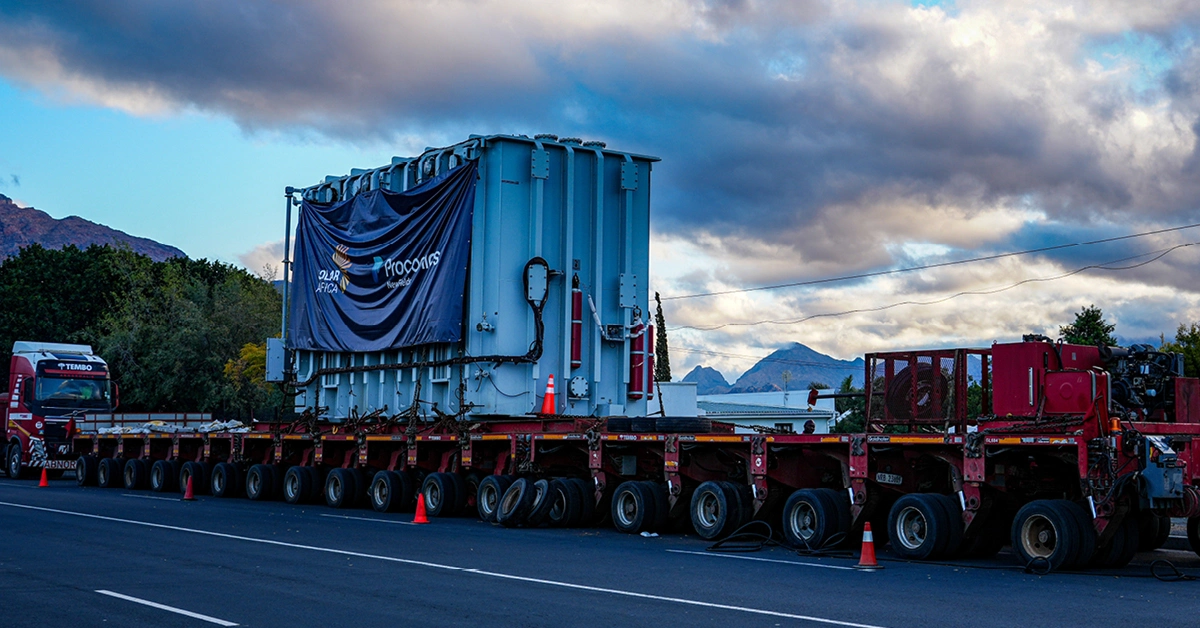From 1 July, municipal electricity customers across South Africa will face an 11.32% tariff hike – following the 12.74% increase granted to Eskom-direct customers in April. While annual increases are nothing new, the impact on large commercial and industrial (C&I) users is mounting – and this year’s price hikes come with a new sting in the tail: additional charges like the Eskom Generation Fee and Legacy Charge that will hit heavy users the hardest.
Brandon Horn, Head of Commercial at SolarAfrica, says for large energy consumers, this means one thing: rising operating costs and growing uncertainty about what the next few years might look like. “However, the good news is that there are proven ways to rein in costs and gain clarity – not just for this year, but for the long haul.”
For C&I companies consuming anywhere between 864,000 to 892,800 kWh per month (equivalent to a demand of 1,200–2,000 kW per hour), the new tariffs translate into significant monthly increases. Municipal clients are bracing for an 11.32% bump, while Eskom Megaflex customers are seeing higher increases paired with two new charges: a Generation Fee, based on notified maximum demand (NMD) (now levied per kVA); and a Legacy Charge, applied in c/kWh, penalising high-energy usage patterns.
And while it’s not yet clear how municipalities will incorporate these new charges, businesses can expect them to show up – either as line items or baked into broader tariff structures.
These shifts come at a time when businesses are already struggling to plan effectively, says Horn. “Despite NERSA’s regulatory oversight, power price forecasting has become increasingly opaque – leaving companies unsure of what their electricity spend will look like next year, let alone in five.”
Add to this the knock-on effects of loadshedding, global inflation, rising compliance costs, an unstable macroeconomic environment and changing consumer behaviour, and it’s easy to see why long-term planning is more challenging than ever. In energy-intensive sectors such as manufacturing, mining and production, this can erode margins and reduce demand – especially when cost increases must be passed on to customers.
Fortunately, there are several ways to offset these increases and take back control, says Horn.
“Today’s tariff hikes shouldn’t be viewed in isolation. Instead, businesses need to look at their full energy profile and ask: where is the pressure coming from? Is it peak demand? Grid reliance? Carbon compliance? Growth-related expansion? Once you know your pain points, you can layer the right solution.”
This is where energy stacking comes into play. “It helps businesses absorb tariff changes while maintaining control and cost predictability. By combining different technologies, such as solar for self-generation and battery storage for reliability, for example, companies can reduce grid reliance and optimise energy use,” he adds.
“With new tariff structures prioritising fixed over variable costs, you can’t rely on a single solution anymore, adds Horn. “Instead, businesses should embrace energy stacking, combining multiple technologies and supply options to create a more stable and cost-effective green energy mix.”
Horn says that this diversified model not only protects against tariff volatility, but also helps businesses comply with international environmental regulations and position themselves as sustainable suppliers – something increasingly demanded by global trade partners.
While tariff season brings a fresh set of challenges, it also brings opportunity. “Businesses that act now – by reviewing their energy profiles and adopting layered solutions – will be better positioned to stay competitive, says Horn.
“Energy is a strategic input that affects your entire business model. Working with an experienced partner means you don’t have to be the expert – you just need to choose one who is.”


"(Required)" indicates required fields